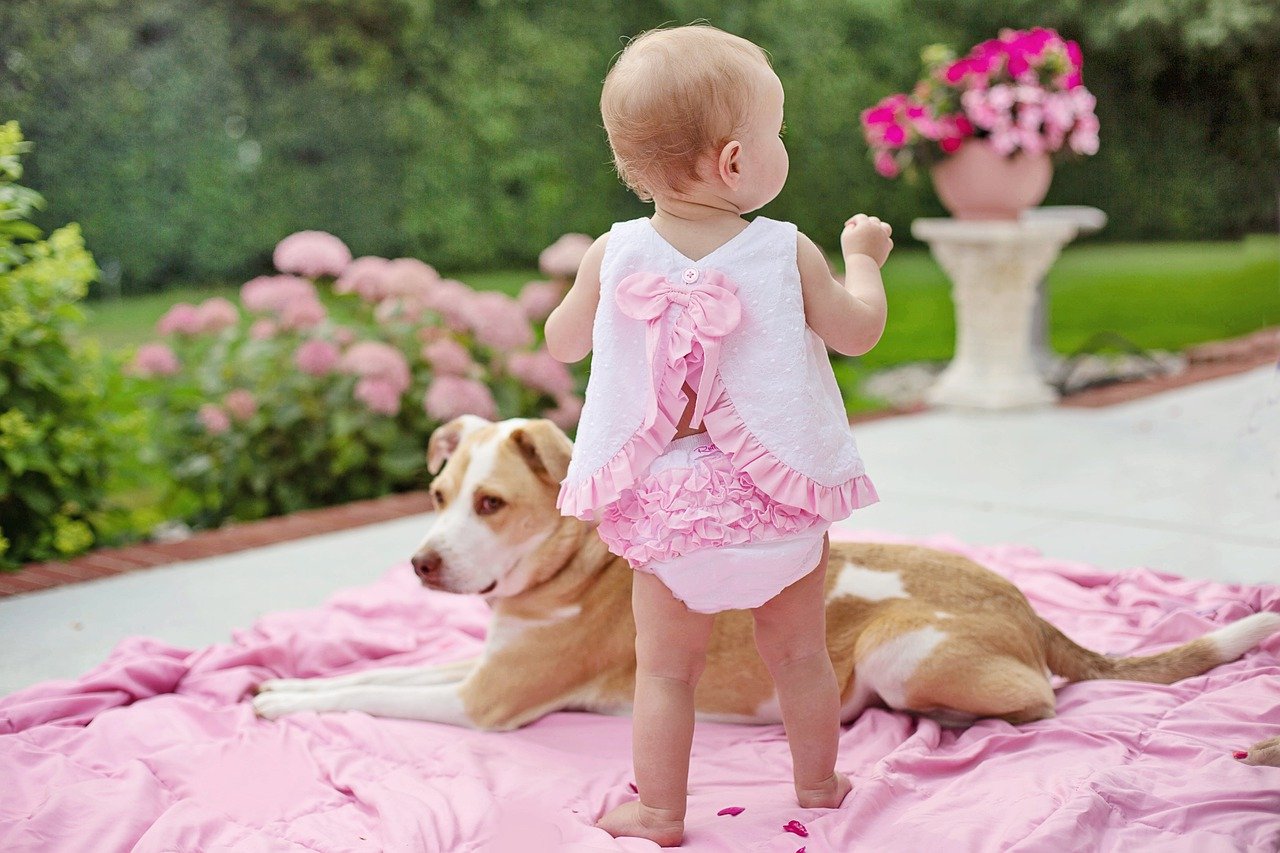
The Dog’s Safety: Baby Proofing
Your dog will probably feel confused at first when you bring home your baby. It can cause confusion for your dog when you change the daily routine, how attentive and available you are, or even if they have to move. These tips will help you and your new family member to adjust.
1. Use Dog Obedience training
If you haven’t done basic training before, start now. You should teach your dog a simple “sit,” a relaxed “wait” (which means just to stay in place and not rush forward), and the “place” command (to send him to his bed or another specific location). The cues are very useful in ensuring that your dog does not step on you and, if practiced enough, they can also help your dog with impulse control.
2. Purchase the Best Dog Supplies
If you’ve been shopping for a baby, make sure to also get the right equipment for your pet. You can use a lead that is fixed in length (4 to 6 feet) instead of a retractable one to help your dog stay if he needs it. Your child won’t need baby gates right away. But your dog may benefit from boundaries as you transition. If you do not already have a bed, invest in one that is of high quality. It should include bolsters so that your dog has something to lean against. Your dog should have a bed that is comfortable. Then, buy a selection of rubber toys that can be stuffed with treats. When you are not paying attention to your dog, these activity toys can be his “babysitter”. A busy toy will keep your dog occupied in a constructive way.
3. Start Stroller Training
You can train your dog to use a stroller. Take your time when introducing a dog to a stroller. Some may be scared by its size or movement. Let him smell the stroller, then slowly push it. Treats can be dropped a few feet away from the pram so that he will associate it with positive things. Try taking your dog on a stroll and rewarding him with treats if he trots along alongside the stroller. Then, if your dog is still afraid at this stage, you can go back to your initial steps of acclimatization and gradually work up to taking your stroller outside.
4. Start a new ‘Baby schedule’
You can’t know what a baby’s schedule will look like, but you should try to make it similar. It will make your dog more accustomed to the changes that are coming. Start playing with the feeding time if your dog has become accustomed to receiving exact every morning and evening. This will help your dog adjust to a later meal. You can also vary the length and time of your walks. Try not to over-love your dog in anticipation of a possible lack of attention. Your dog will feel the shock if you suddenly stop lavishing him with attention.
5. Encourage good behavior around your baby
It is only natural that your dog would want to be close to the new baby. Praise your dog for appropriate behavior, such as backing away when asked to do so and sitting down politely rather than jumping up to look at the baby. Ensure that the flea-and tick prevention your dog uses is suitable for contact with newborns. If you are concerned, your vet can provide guidance.
6. The Key to Early Planning
Children who grow up around dogs develop special relationships with them. Although the adjustment period to having a child and a pet can be difficult, taking appropriate measures from the start can help make it less stressful.